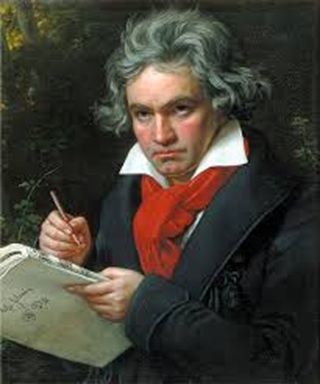2/14/2021 "Virtual Concert" Live Stream from North Carolina
- Makiko Border

- Feb 14, 2021
- 3 min read
For the first time, I had a chance to listen to an online concert on live stream. The performance of virtual "Live Time" was done by a local chamber orchestra in North Carolina (https://www.carolinaphil.org/), and the music was Mozart's Piano Concerto No. 23, K.488. Personally, I really enjoyed the lecture by the conductor (and the pianist) before the performance. Even though you are familiar with a masterpiece like this, if you listen to it with the knowledge (or Mozart's intention) in mind, you enjoy the music with different perspectives and depth.

What was particularly impressive was the story of F # minor, the key that Mozart chose for the second movement of K.488. According to the conductor, this one movement is the only music that uses F # minor in Mozart's repertoire. From any music Mozart composed, I rarely notice the raw and intense emotions of human beings. The only exception that comes to mind is the second movement of K.364 (https://www.youtube.com/watch?v=szMu8si_YYQ), a concertante for violin and viola, which was written in C minor. I found it interesting that F # minor was not used for this piece where the second movement reveals so much sorrow. Apparently, F # minor was the key Mozart generally avoided to use, but this key, F # minor, provides greater musical effects than just “light and darkness” and “sadness” throughout K.488.

When we think about performances of concertos, a full orchestration and a soloist combination comes to our mind. This evening's on-line performance however was done with a much smaller configuration, perhaps was as close as possible to the original configuration that Mozart intended when his music was played in a salon. Or it may have happened this way because the number of performers was limited due to COVID-19, and the music also needed to be performed in a smaller studio.
It is difficult for musicians to balance each other's sounds while maintaining their social distance. I understand that the ensemble playing does not work too well if musicians are placed too far apart
from each other as they hear a small time-difference of other players’ sounds, let alone it is fundamentally difficult to hear each other’s sounds. In ensemble playing, being able to see each other's faces and feel the breathing of others are also important, thus it makes it more difficult when musicians are wearing a mask.
I felt most uncomfortable when I could not hear the applause at the end of the virtual concert. Since sound is transmitted through the air, online concerts that do not share that air are decisively different from live concerts. Also, in live concerts, not only sound but also various musical experiences are felt and absorbed by our five senses. What kind of experiences are they? For example, according to a violinist friend, "when you feel a tearful and sorrow sound in your ears and through your skin, it remains in your body for a long time. For performing artists this experience could become an excellent practice point to recreate the sound with the same sensations they experienced. Live performances are special, and it is a treasure to put yourself in the same space as performers and listen, or if you are a performer to play live." Music lovers understand the experience of listening to a live performance cannot be totally replaced by a virtual performance.
Many musicians continue to be in a difficult financial condition as almost all live concerts have been canceled for a long time. Many younger musicians have side jobs just to barely make a living by working in restaurants and bars that are also suffered in great deal.
This blog depicts some of NC's music industry as of April last year (https://www.ncarts.org/comehearnc/365-days-music/covid-19-pandemic-brings) it has been already 10 months since then. How are these musicians doing now? I sincerely hope that the day will come back soon when you can enjoy live performances.
.png)



Comments